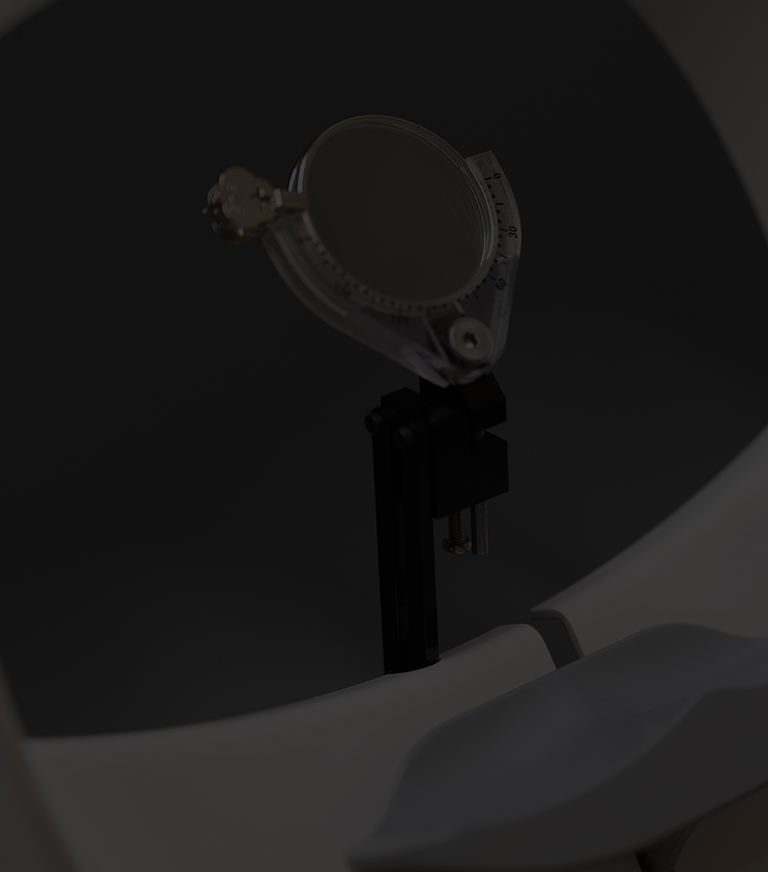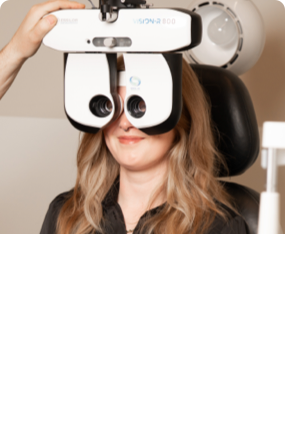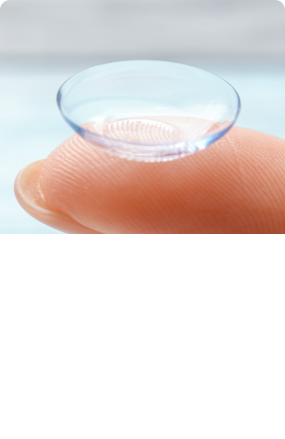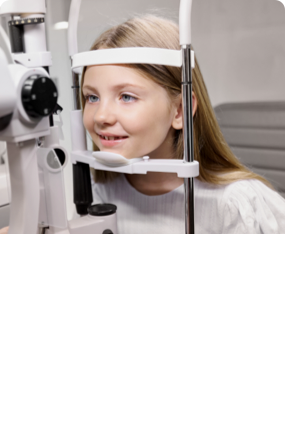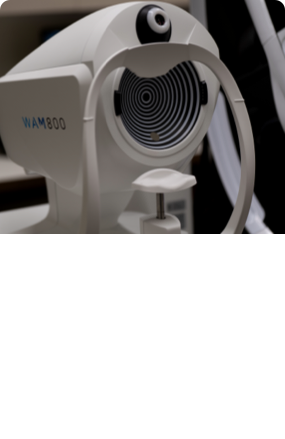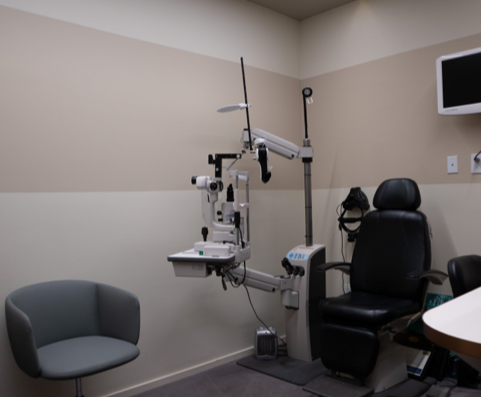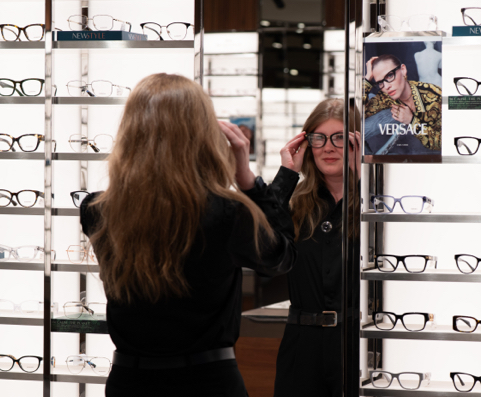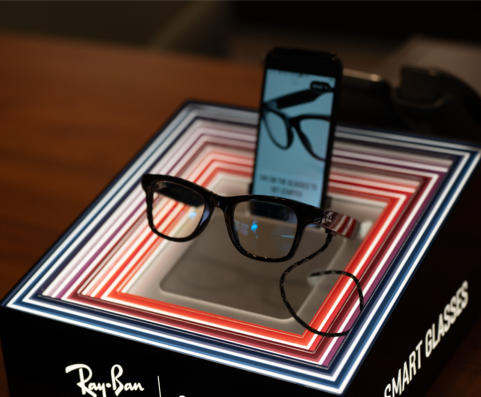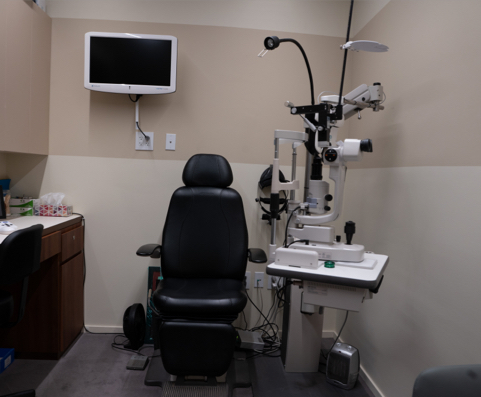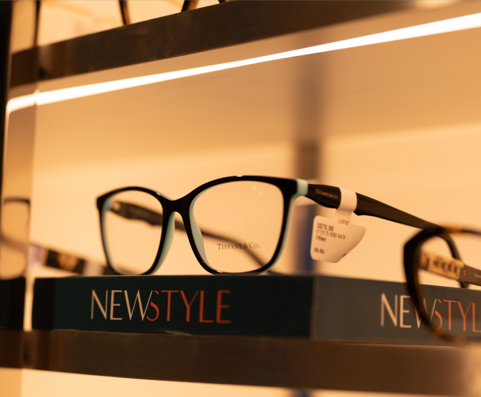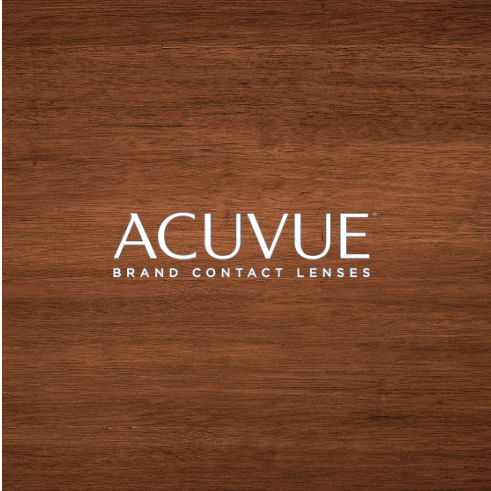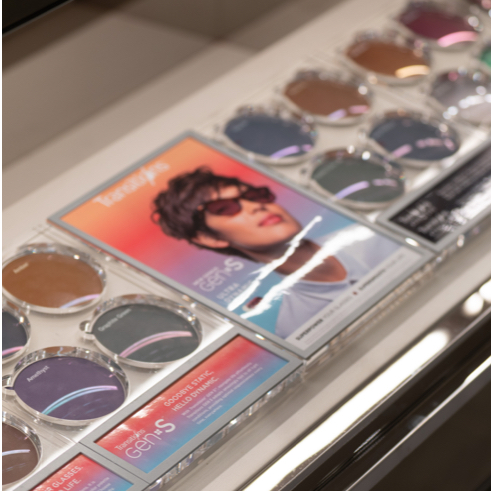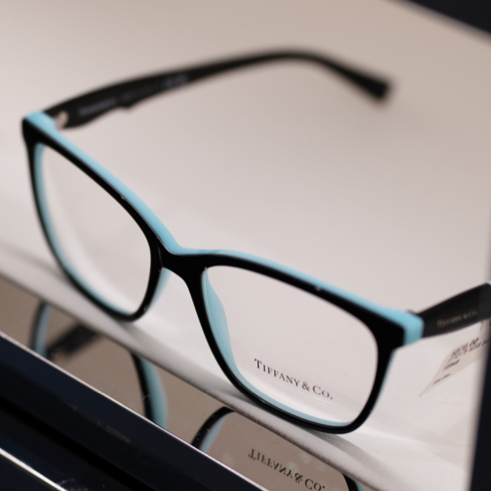Many people with astigmatism assume that glasses are their only choice. But contact lenses can be a fantastic option for some people with astigmatism. There isn’t a single answer for which contact lenses are the best option, but some popular choices include toric lenses or scleral lenses.
A contact lens exam and fitting is the first step in exploring your lens options for vision correction. Your contact prescription won’t be the same as your eyeglasses, and your eye doctor can review your vision needs and offer tailored advice on which lenses would suit you.
What Is Astigmatism?
Astigmatism is a common refractive error caused by the shape of your eye. Instead of being perfectly round like a basketball, your cornea or lens is shaped more like a football. This irregular curvature bends (or refracts) light unevenly as it enters the eye, leading to blurry or distorted vision.
What Causes Astigmatism?
Astigmatism can result from genetics, eye injuries, surgery, or certain eye diseases. It often occurs alongside other refractive errors like nearsightedness (myopia) or farsightedness (hyperopia). While astigmatism can sound intimidating, it’s typically easily corrected.
Most importantly, astigmatism doesn’t mean you’re stuck wearing glasses forever. Contacts could offer the solution you’ve been looking for.
Types of Contacts for Astigmatism
A common myth is that contact lenses don’t work for people with astigmatism. Thankfully, this is far from true. There are several options for correcting this condition so you can choose what works best for your eyes and lifestyle.
Toric Lenses
Toric lenses are specifically designed to address the irregular curvature of the cornea or lens that characterizes astigmatism. Unlike regular spherical lenses, toric lenses have different optical powers in various meridians of the lens, which helps them align precisely with the unique shape of your eye.
This precision allows for clearer, sharper vision compared to standard lenses, making toric lenses an excellent choice for many people. Additionally, many toric lenses are weighted at the bottom to help them stay in place, which helps provide consistent vision correction throughout the day.
Rigid Gas Permeable (RGP)
Rigid gas permeable (RGP) lenses are another effective solution for correcting astigmatism. Unlike soft lenses, RGP lenses are made from durable materials that hold their shape while allowing oxygen to pass through to the eye.
This rigidity enables them to provide sharper and more stable vision by compensating for irregular curvature of the cornea. Although smaller than soft lenses, RGP lenses have a precise fit that can be customized to meet each wearer’s needs, making them particularly effective for those with moderate to severe astigmatism.
Scleral Lenses
Scleral lenses are a specialized type of RGP lens and an excellent solution for many people with atypical astigmatism. They are larger in diameter than traditional contact lenses and rest on the sclera, the white part of the eye, instead of on the cornea.
Scleral lenses are also designed to hold a thin layer of fluid against the eye, offering maximum comfort and hydration for those who experience dryness or discomfort with other lens types. Because of their unique design, scleral lenses are also a good option for many people with chronic dry eye who cannot typically wear contact lenses.
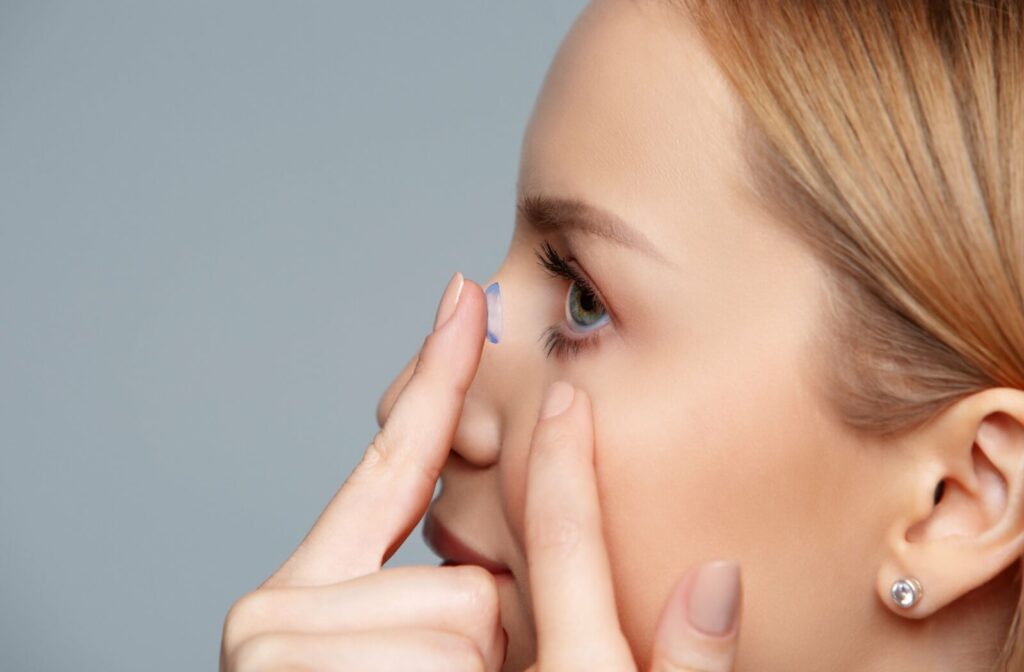
Daily & Extended-Wear Contacts
Your eye doctor can help determine which contact lens option best fits your routine.
Benefits of Contacts for Astigmatism
Why choose contacts if you already have glasses? For many people with astigmatism, contact lenses offer several compelling benefits:
- Improved vision: Toric and specialty lenses are designed to correct the specific irregularities of your cornea or lens, often providing clearer vision than glasses.
- Wider field of view: Unlike glasses, contacts sit directly on the eye, allowing for a 360-degree field of vision without frames obstructing your peripheral view.
- Greater comfort: Contacts can eliminate the discomfort of glasses from frames pinching the nose or ears.
- Lifestyle flexibility: Contacts allow you to stay active without worrying about glasses fogging up, slipping off, or breaking during sports or workouts.
- Aesthetic appeal: Contacts provide a glasses-free option for those who prefer a natural look or love experimenting with makeup.
How to Get a Prescription
Getting fitted for contact lenses with astigmatism is a straightforward process. Here’s what to expect:
- Book an eye exam: Schedule an appointment with your eye doctor. During your exam, they can check your vision, measure your cornea’s curvature, and assess how astigmatism affects your eyesight.
- Lens fitting: Your optometrist can conduct a trial fitting to determine the best type of contacts for your eyes. This trial might include testing different brands or styles to find a match.
- Prescription details: Your final prescription provides information specific to your astigmatism, such as cylinder power and axis measurement, ensuring your lenses accurately correct your vision.
Find the Right Solution for Your Vision Needs
Having astigmatism doesn’t mean you’re limited to glasses. With the options contact lenses provide, you can enjoy clear, comfortable vision that fits seamlessly into your lifestyle. Whether you go for toric lenses, RGP, or other specialty designs, there’s a solution for every set of eyes.
Call our experienced team at Orchard Park Optometry or book an appointment online with one of our eye doctors to explore your options and get fitted for lenses tailored to your needs.
